We have much more to do and your continued support is needed now more than ever.
Community Connections Grown in Miami, Florida
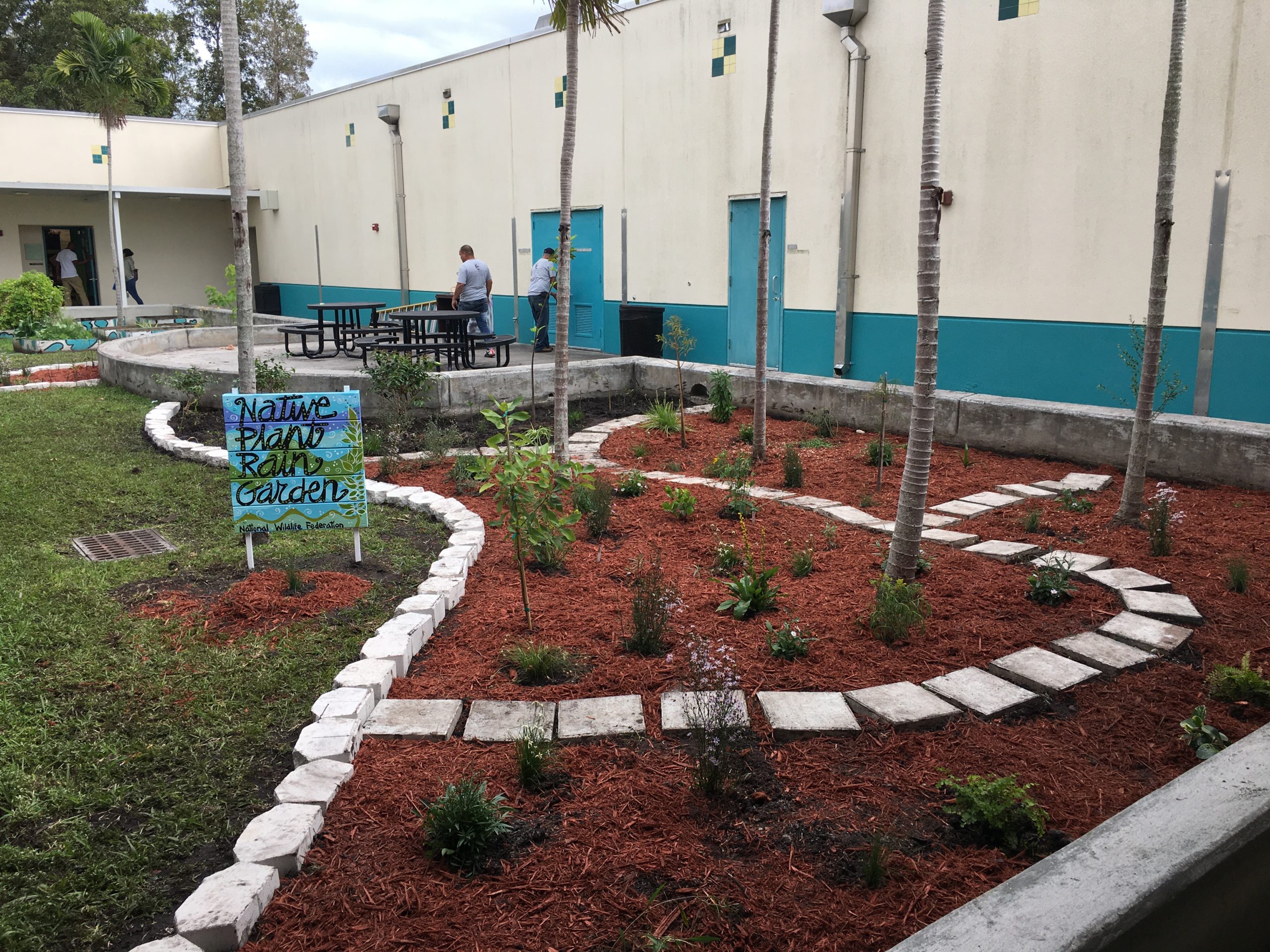
Taking STEM Outside: Using Environment-based Education to Empower Student Learning
Schools are similar to bee colonies, they are constantly buzzing with activity from teachers, students, administrators, cafeteria workers, and custodians, to keep the hive in order. It’s not often that the many players in these complex colonies get to come together, but that is exactly what happened one afternoon in sunny Florida, when National Wildlife Federation educator, Maria Elena Garcia, directed a classroom of third-graders in the construction of a rain garden.
It wasn’t until Garcia successfully involved the principal, faculty, and students, that Henry E.S. Reeves K-8 Center could address the muddy, waterlogged soil unconducive for plant survival due to their school building being built on top of a drained lake. After discovering this information from interviewing the principal, Garcia found herself outside the entrance of the school cafeteria, instructing Mrs. Burke’s students with the steps to create the rain garden. Soon, she had attracted the attention of multiple student and teacher groups, even the security officer on campus noticed and was soon assisting removing grass and turning the soil.
This is just one example of how the most effective strategies to connect with teachers is through the design and coordination of professional development workshops. In July of 2019, the National Wildlife Federation reached a collaborative agreement with the Miami-Dade County Public School district (M-DCPS) STEAM Designation department. This agreement has ensured National Wildlife Federation programs like Eco-School USA have the full support of the school district.
Because of the strong community ties established in Miami-Dade County, Garcia had incredible impact through The Hearst Foundations Green STEM Action projects grant, which funded five schools throughout the district like Henry E.S. Reeves K-8 Center.
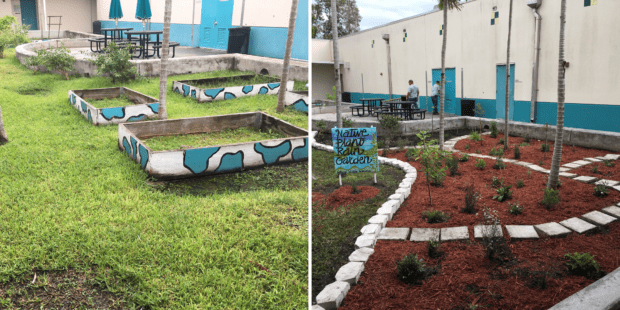
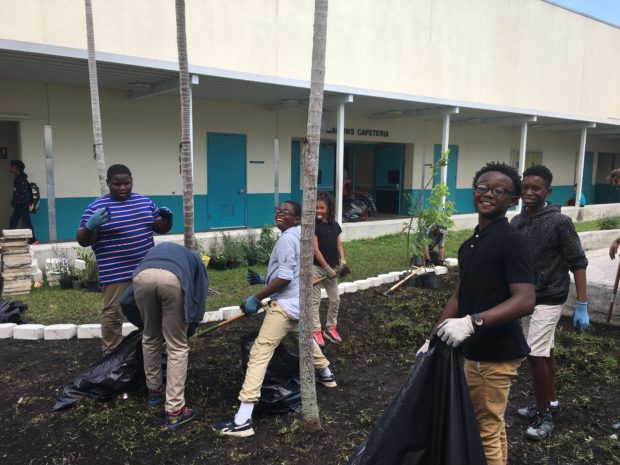
Royal Palm Elementary & Hialeah Elementary
During the 2018-2019 school year, there was a discontinuation of the recycling program within the M-DCPS district. A district-wide change in the waste disposal company that was responsible for picking up the recycling materials from the schools, meant that only paper and cardboard were picked up. As a consequence, many schools abandoned their recycling programs altogether. Garcia was approached with this problem by teachers from Royal Palm Elementary and Hialeah Elementary after leading a professional development training to help them re-start the recycling program.
The Hearst Foundations grant made addressing this problem a reality. Through the grant both schools were able to buy recycling containers, signage, weight scales, gloves, monthly prizes for the best recycling classroom, and t-shirts for the recycling club. During September 2019, teachers and students began a school-wide paper and cardboard recycling program, using the Eco-Schools USA Consumption and Waste pathway.
The excitement built from new recycling efforts, inspired Royal Palm Elementary to go further into waste and consumption and conduct experiments to see how much food was being wasted in their school. In November 2019, students conducted a food waste audit following the U.S. Environmental Protection Agency’s guide.
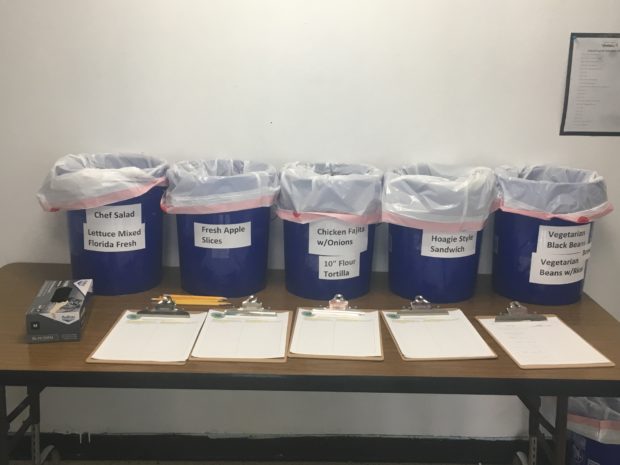
As a result of the food waste audit, the school began the food sharing table program. This effort by the school spilled into the community when the M-DCPS Food and Nutrition services learned about the program, and Royal Palm Elementary was chosen as one of five pilot schools to begin a Food Rescue and Waste Reduction program that will be replicated in the future throughout the district.
Palm Springs Elementary & Tropical Elementary
Both Palm Springs Elementary and Tropical Elementary implemented this grant, in a perfect example of cross-pollination in ideas and of gardens. Teachers from these two schools modeled their gardens after the Pine Rockland Habitat demonstration garden installed at Royal Palm Elementary by the National Wildlife Federation in collaboration with the Connect to Protect program from the Fairchild Tropical Botanic Garden.
From November 2019 to February 2020, technology, science, project-based learning, and getting outdoors all came together, as the students rallied around the creation of their new schoolyard habitat—expected to be finished when school resumes. The students conducted a biodiversity count incorporating the iNaturalist app on their phones and tablets, learned about the history of the land, soil science, and conducted tests of the soil’s nutrient content and pH.
A sense of appreciation was observed through the student’s reactions, by the way they took pride in being part of a process from beginning to end. “I always thought that planting was just putting the seed on the ground and that’s all,” said a Palm Springs Elementary 5th grade student. “But, you really have to think about what animals like this plant, if the soil is good, if the plant is from here or from somewhere else. When I have my own garden, I want to plant it like we are doing it here.”
The work being developed in south Florida has focused on reaching students of underserved communities. The partnership between the National Wildlife Federation and The Hearst Foundations has contributed to impact beyond Florida including five other schools in New York and Texas. These green STEM projects have been developed to have a lasting impact on communities nation-wide.


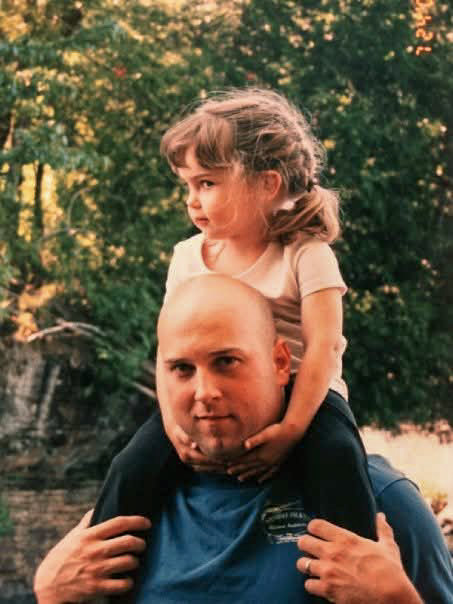








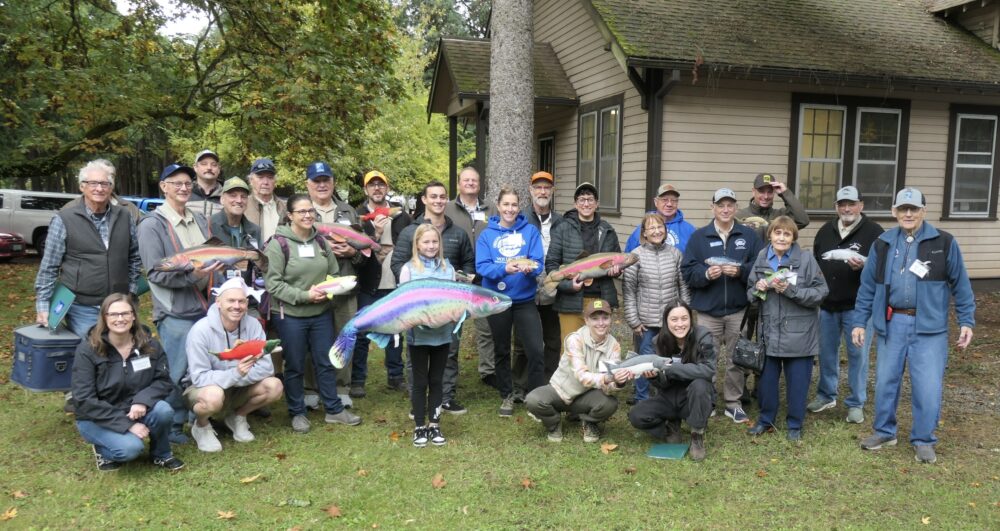







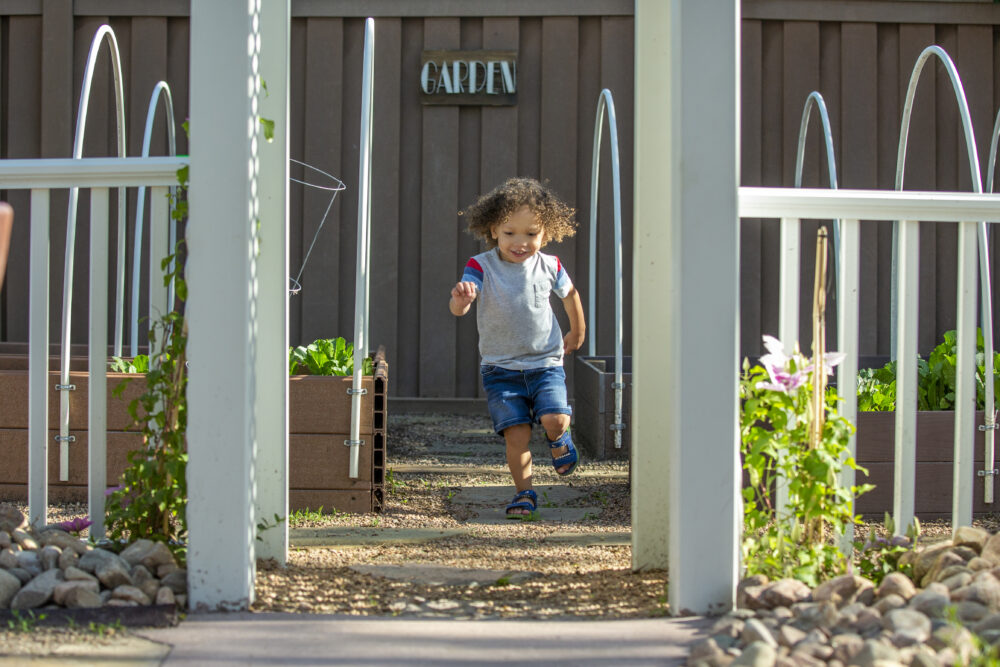


Building Momentum: What’s Next for Beaver Conservation in Colorado